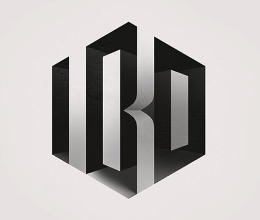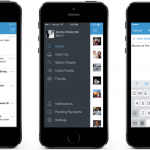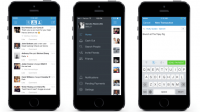crew Chat does not Suck. the best way We’re the usage of It Sucks
it is ultimately here. “staff chat applications like Slack, HipChat, and others are due for a backlash,” suggested Bloomberg in late January. “Slack, I’m breaking up with you,” wrote Samuel Hulick in an excellent publish a month later. “Is staff chat making you sweat?” requested Jason Fried previous this week in a compelling rundown of each the benefits—and downsides—of team chat.
Yep, the backlash has arrived. it can be not a huge shock: finally, staff chats like Slack and HipChat—which aim to interchange electronic mail by making a significant chatroom (or rooms) the place workers can continuously be in contact in actual time—have viewed exceptional increase during the last two years. In 2014, Marc Andreessen stated he had “by no means considered [an] endeavor app go viral like [Slack],” much much less in response to “all phrase of mouth.” That closing section is crucial for understanding this month’s whiplash. the growth of Slack and its rivals has been fueled via exceptional descriptions of their productiveness powers: “Slack is killing email.” “5 causes Slack will trade the administrative center.” “Slack can alternate your lifestyles.”
The speedy percent of adoption, and the wild optimism of early customers, is in part to blame for the backlash. There are also quite a lot of UX problems to be solved as these apps evolve, as many writers have stated this month, from refining person controls to determining a greater approach to archive and prepare the morass of chats. yet some of the designers and value experts I spoke with recommended that while there’s undoubtedly room for improvement in the design of crew chats, there’s additionally a lesson to be learned in the exceptional expectations users set for them.
Use AI To Filter The Noise
on this emerging backlash, some of the greatest complaints is discreet exhaustion: There are too many messages. Too incessantly. And at wildly inappropriate instances of day. It’s laborious to even stay engaged within the flood, a lot much less work in it.
Ben Brown, a clothier and developer based in Austin, is smartly conscious. So aware, in fact, that Brown is constructing an organization to repair it: good day, an AI chatbot, sits over Slack to fix one of the vital inherent issues with staff chat—issues that, from a UX standpoint, merely want to be tailored to suit each unique group or trade. “I’m biased, however we are making a bet that bots will assist fix a few of these design issues,” he says. hiya is, essentially, a man-made coworker who may also be assigned explicit duties that chat purchasers simply can’t do.
Take the message flood, for instance. “we’re very all for serving to people handle their consideration and the various obvious unread counts they face,” he says. “One answer can be to have an AI agent try to research, bear in mind, after which report back to you the necessary messages that you just ignored.” He describes hi there as a “message butler” that safeguards your time at work, holding track of messages, and growing exterior documentation of what occurs inside Slack.
Or take any other evident downside many people file with group chat: search. in case you’ve ever missed a very powerful assembly in Slack, you know the way nerve-racking it is to have to search through the archives and read a whole, rambling, line-by-line transcript of the conversation. hi there takes notes right through conferences after which—crucially—uploads them to a record outside of Slack with its own URL. if you need to check with a conversation or decision, you don’t even wish to search the chat.
but while good day does supply explicit UX solutions to team chat’s inherent shortcomings, Brown points out that the larger downside could also be what individuals expect Slack and HipChat to be. “this can be a secondary and additive communique device, and doesn’t exchange process, documentation, and different instruments like the wiki or company intranet,” he writes. “another solution could be to try to vary the culture and say, good day look, it’s a chat room. if you happen to leave out some messages, that’s positive.”
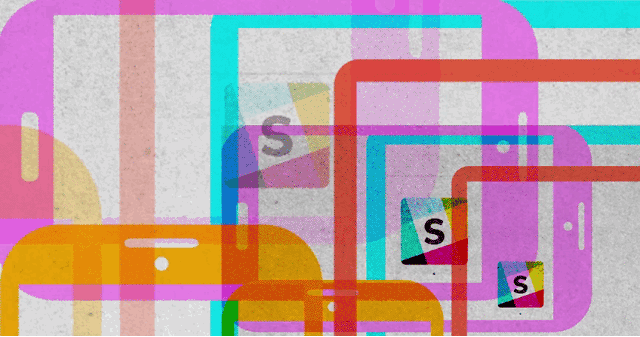
no longer All Work Works For staff Chat
I was curious how corporations focusing on design use crew chat, too. Would they have specialised insight into how these instruments could adapt?
I requested Work & Co—the brand new York-based agency that has a popularity for developing extremely-smooth, ultra-usable web sites for Virgin america, Chase, and the NBA. Marcelo Eduardo, a partner at Work & Co, stated that for the roughly work the agency does, an enormous, ongoing staff chat doesn’t make so much sense—either from a productiveness point of view or a cultural one.
“With global groups and variable time zones, we need something extra powerful than undeniable email,” Eduardo says. but the chaos of a tremendous, all-inclusive staff chat doesn’t make as a lot feel for the design-targeted work the teams do. “For us, it’s much larger than the public team chats,” he says. instead, Work & Co uses staff chat in a very explicit method: straight away, almost as a chat consumer as an alternative of a group-oriented log. “in the event you take a look at our utilization statistics, 97% of the time it’s getting used on private, venture-associated channels and direct message,” Eduardo says.
The takeaway right here? Don’t expect a chat shopper’s major use case to work in your workforce—the onus is on you (or your boss) to ascertain a attainable workforce chat culture that works on your work. once more, this can be a possibility on the part of the consumer—now not something that may be “designed into” a shopper’s UX.
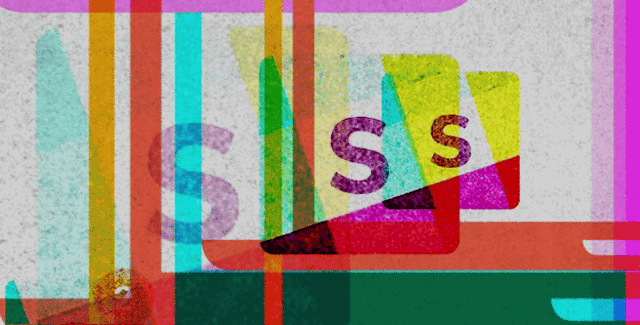
crew Chat Is only a software
there’s a deeper person experience lesson within the staff chat backlash, though, and it has to do with expectations. as a result of these platforms clear up so many deep-seated issues with electronic mail and different kinds of workplace conversation, it’s straightforward to forged them as the end-all technique to our team’s explicit issues, be it productivity or communication.
a part of that’s the fault of customers—managers specifically—who’re keen to use all of the tools on hand to them to make their corporations higher. but the workforce chat apps themselves deserve one of the blame, as well. Take Slack, which even keeps an respectable “wall of affection” on Twitter where it tracks wildly certain comments from new customers: “seriously, overlook e mail.” “Slack solved problems we didn’t even recognize we had.” “superior conversation tool.”
Who might blame them? Slack is simple to love, and we’ve all wanted to shout it from the rooftops at one point or some other. but broadcasting an exceptional wall of praise—echoed across social media and publications, too—additionally units individuals up to are expecting far more than any group chat may ever deliver.
Mark Kawano, the founding father of Storehouse and a former person experience evangelist at Apple, points out that hype and backlash are part of the huge echo chamber of technology all through history. “It’s a fairly new product class so folks get overly excited and scan with the entire new methods they can method conversation,” he says. “The hype pendulum swings a little bit too some distance in one path as to what efficiency positive aspects are produced, but that doesn’t detract from the truth that Slack has helped our firm transform more efficient.”
In different phrases, staff chat isn’t an answer. It’s a device, or empty vessel, for a staff to make use of. i will vouch for this concept: over the past few years, I’ve gotten glimpse at how wildly staff chat tradition can differ between teams and companies on both ends of the spectrum between overwhelming and manageable. right here at fast firm, Slack is extra work-focused and practical, and that’s due not to the UX of the app, but the tradition dependent through editors and writers.
“Collaboration instruments take time to conform because people are dynamic and teams have diverse needs, however the problems are by no means unsolvable,” Kawano says. “the only thing unsolvable is anticipating a bunch chat software to be anything else but a instrument.”
quick company , read Full Story
(41)

